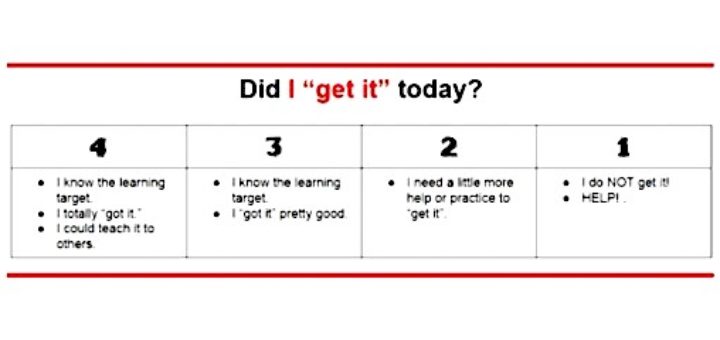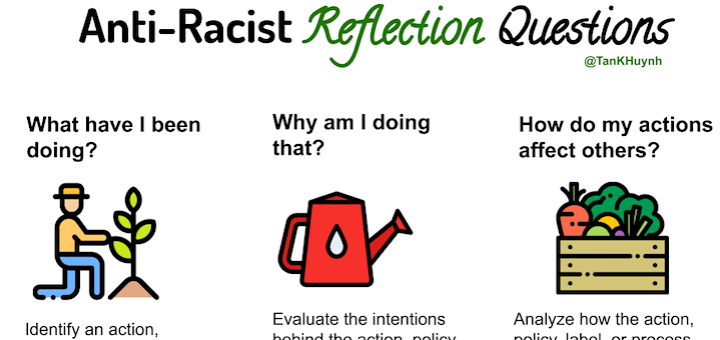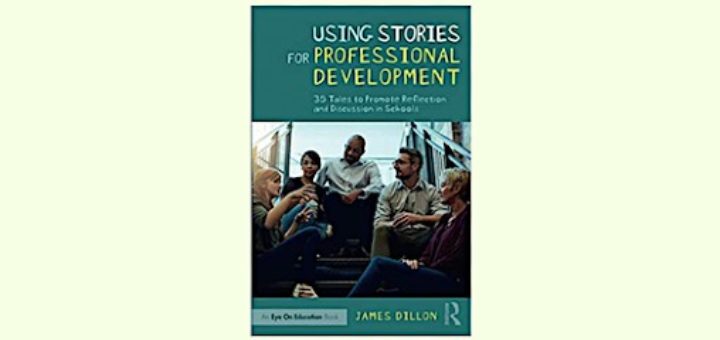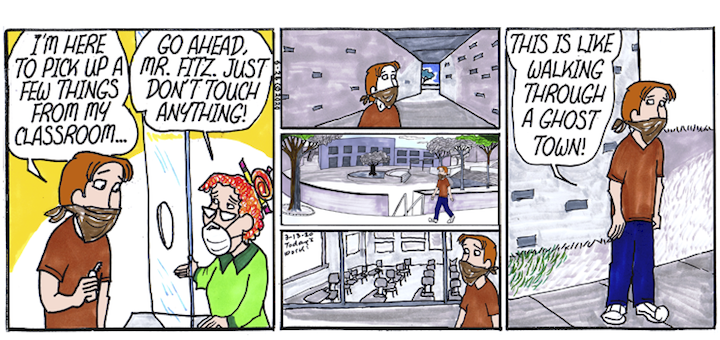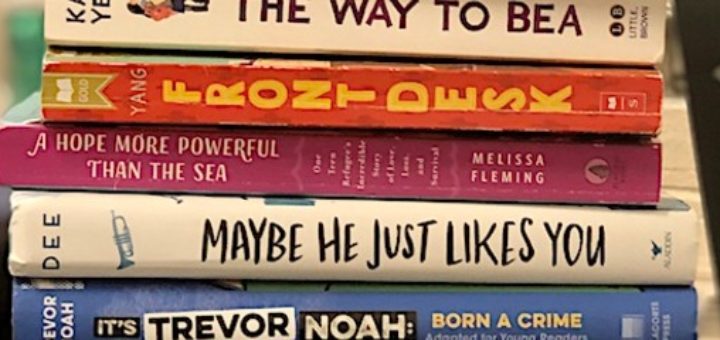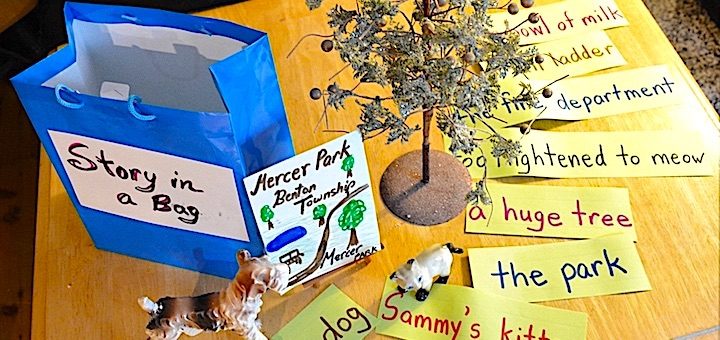Teaching and learning in grades 4-8
For a fresh, fun way to quickly assess student progress, try having them “Tap Out!” in person or online. Kids can think about their efforts toward meeting a learning target, and teachers get ongoing formative assessment data, writes NBCT Rita Platt. Lots of tips and tools!
When it’s time to analyze a fiction or nonfiction text, don’t let students coast through the lesson by simply filling in a graphic organizer. Author and teaching coach Sunday Cummins has ideas that will help learners think about text structures conceptually and flexibly.
Using a questioning format developed by Dr. María Cioè-Peña, teachers of English learners can examine current education policies through an anti-racist lens and resist practices that may demean and segregate students and devalue their cultures, writes educator Tan Huynh.
In his new book James Dillon takes a unique and potentially powerful approach to professional development, writes Anne Anderson. Dillion replaces the usual data and research with a collection of stories about teaching and learning gathered during his 40+ years’ of education experience.
Thomas P. Hébert looks into what enabled five talented young men to overcome adversity and at the factors that influenced the emergence and sustainability of their resilience. Included in what helped, the young men credit teachers, writes educator Elizabeth OBrien.
Experts predict record ad spending this election season, as much as $6 billion. As we brace for this tidal wave, says media literacy consultant Frank Baker, we need to prepare students to analyze the techniques of persuasion being used to sway votes and gain power.
David Lee Finkle teaches English and creative writing in a Florida public school. For 20 years in local newspapers and online, his comic strip Mr. Fitz has shared the realities of teaching and school life with humor, empathy and irony – as you’ll see in this selection of recent ‘pandemic strips’.
The slow burn of racial injustice has once again erupted in a blaze of protests – illuminating long-standing social, economic, and educational disparities and divisions. Only this time is different, writes Vernita Mayfield. And it demands cultural competency from every educator.
To motivate students to embrace independent reading, Kasey Short recommends we help them find the right books, use authentic assignments for accountability, and provide the time to read – all to help build a classroom climate where reading is valued, enjoyed and celebrated.
Get kids engaged in narrative writing using Story in a Bag. ELA consultant Lynne Dorfman shows how this hands-on activity enlivens in-class and distance learning as it helps students build their writing fluency and encourages them to learn problem solving on the spot.

